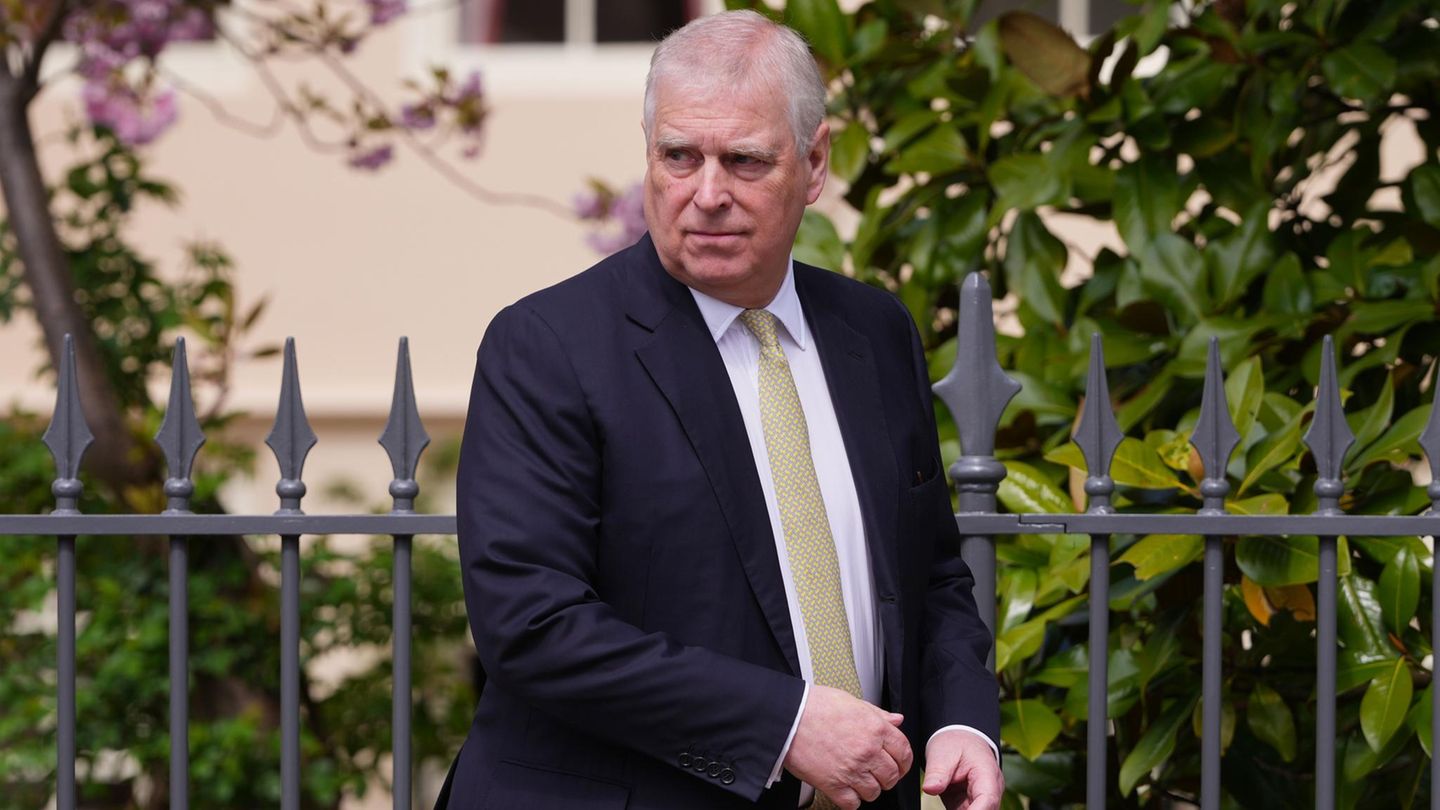I have been working in the news industry for over 6 years, first as a reporter and now as an editor. I have covered politics extensively, and my work has appeared in major newspapers and online news outlets around the world. In addition to my writing, I also contribute regularly to 24 Hours World.
Menu
Protests in Los Angeles: Power struggle in California: What are Trump’s powers?
Categories
Most Read
Gaza agreement: Trump assumes rebels within Hamas
October 20, 2025
No Comments
Donald Trump: “Don’t think Ukraine will win the war”
October 20, 2025
No Comments
Middle East: Gaza agreement: Hamas hands over another body
October 20, 2025
No Comments
Ukraine War: Trump: Don’t think Ukraine will win the war
October 20, 2025
No Comments
Customs conflict: Trump relies on trade deal at meeting with Xi in South Korea
October 20, 2025
No Comments
Latest Posts

Dust off radiators: This is how you save money in winter
October 21, 2025
No Comments
Reduce energy costs That’s why you should dust your radiators at least twice a year Copy the current link Add to watchlist In winter, many

Prince Andrew: Virginia Giuffre’s book could cost him last title
October 21, 2025
No Comments
Lisa HarrisI am an author and journalist who has worked in the entertainment industry for over a decade. I currently work as a news editor

Jimi Blue Ochsenknecht: His plan for “Celebrity Big Brother” prize money
October 21, 2025
No Comments
Lisa HarrisI am an author and journalist who has worked in the entertainment industry for over a decade. I currently work as a news editor
24 Hours Worlds is a comprehensive source of instant world current affairs, offering up-to-the-minute coverage of breaking news and events from around the globe. With a team of experienced journalists and experts on hand 24/7.

